“The debate on the use of ice baths, or cold-water immersion, rages on with many pundits claiming it is good and others claiming it is not.
The answer depends on the stage of training the athlete is at and the main objective of that training block.
If you are in the pre-competition phase of training and the main objective is to build power then there is research indicating that ice baths (and other micro-strategies for minimising training responses, such as anti-oxidant supplementation) during this phase may limit the adaptation effect i.e. your muscles will adapt to the increased workload faster if the body is allowed to contend with the inflammation and micro-tears naturally without the intervention of cold water immersion.
However, if you are tapering the workload toward an upcoming competitive event or if you are in the competitive part of the season then the main focus shifts to recovery and minimising fatigue rather than power building and in these circumstances research indicates the use of ice baths will be beneficial.
The key word here is fatigue. Fatigue is the main precursor of injury and is also a major performance inhibitor. Consequently, the fitness coach’s objective is to maximise fitness and minimise fatigue in order to maximise performance and lower the risk of injury.
And the main strategies for combating fatigue: Good Sleep, Good Diet, Hydration and Cold Water Immersion [per Gregory Dupont, FIFA Sports Injury Summit, Wembley Stadium, April 2013].
The argument is further complicated in team sports where skill, tactics and pre-planned moves need to be coached on the training pitch. In these sports the coach will want the players to be mentally alert and physically prepared to benefit fully from the coaching session, not hobbling around only partially recovered from the previous day’s training. In this instance, there may be a conflict of interest where the fitness coach is trying to maximise adaptation while the team coach wants the players recovered sufficiently to benefit fully from the training session, therefore, CWI may be strategically used to fit the on-going training session plans rather than eliminated to cater for both objectives.
So are ice baths good or bad?
The answer depends on the part of the season and the main objective of the current training regime. In the competitive phase of the season the use of ice baths will help minimise fatigue and aid recovery, thereby improving performance and lowering the risk of injury. In the pre-season, or power-building phase, of training the use of ice baths may adversely affect the adaptive response.
So, as with most tools in the athlete preparation toolbox, it is how the coach uses CWI to best effect, rather than whether it is appropriate to use it or not!”

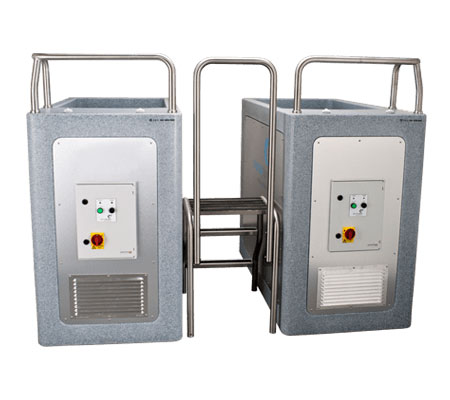
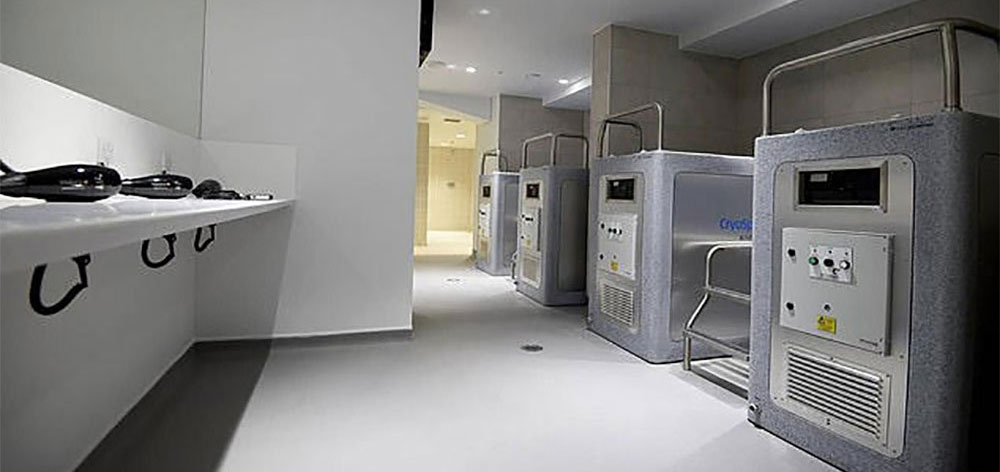
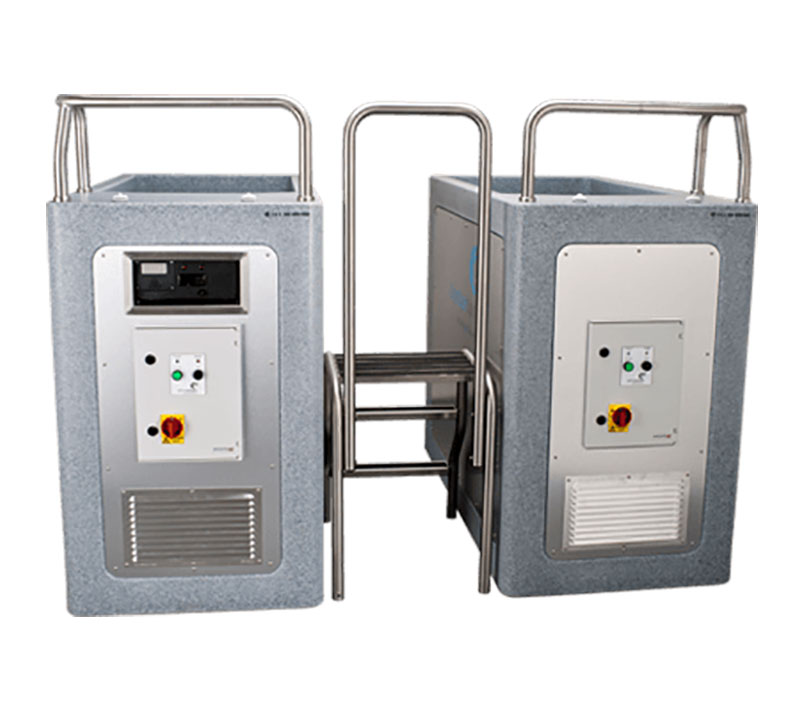


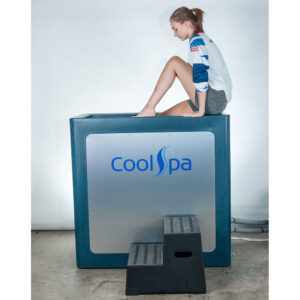

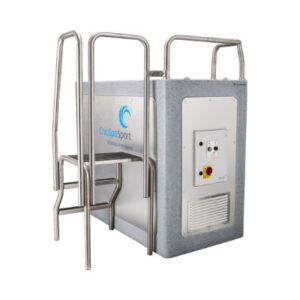

Reviews
There are no reviews yet.